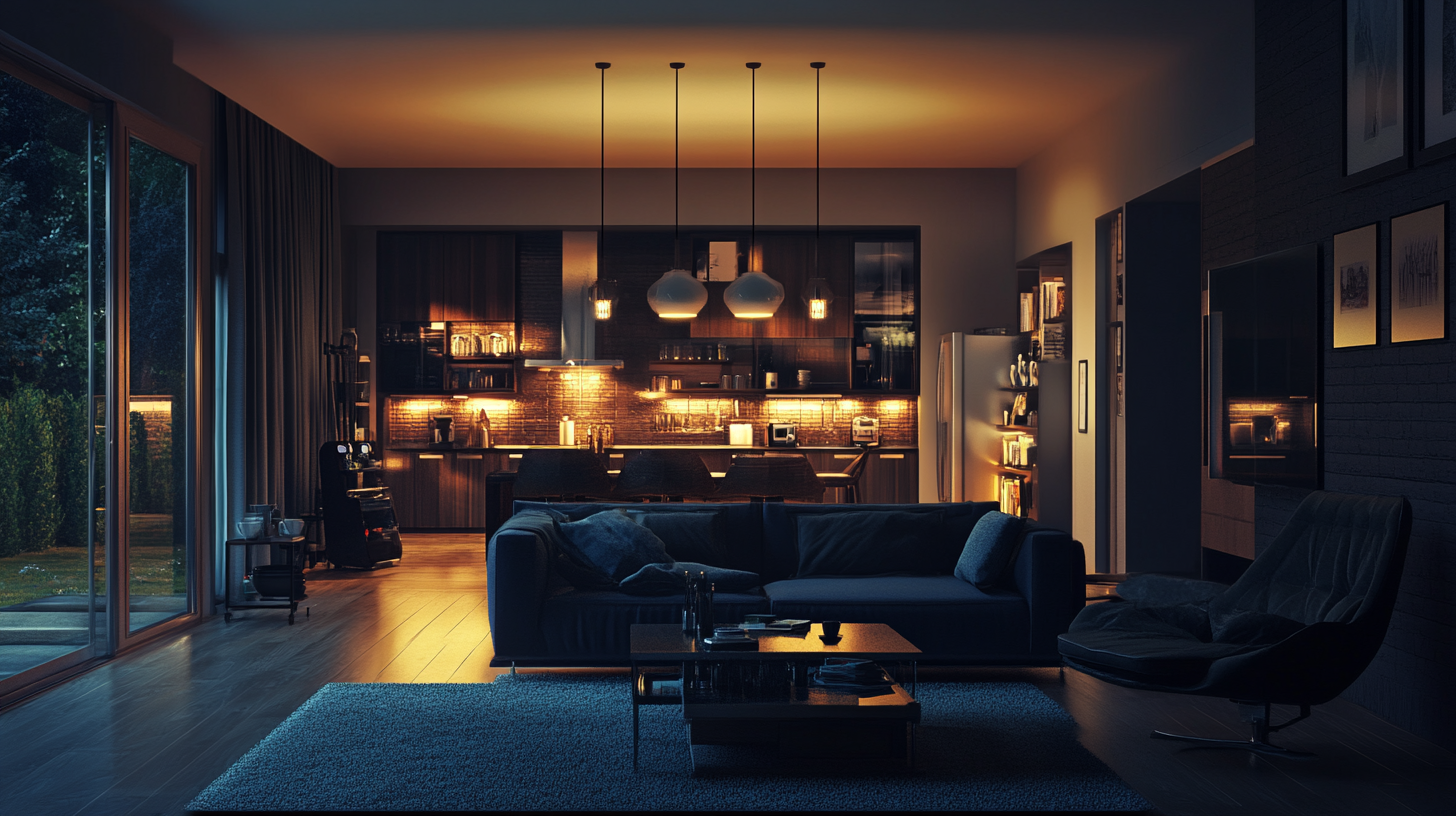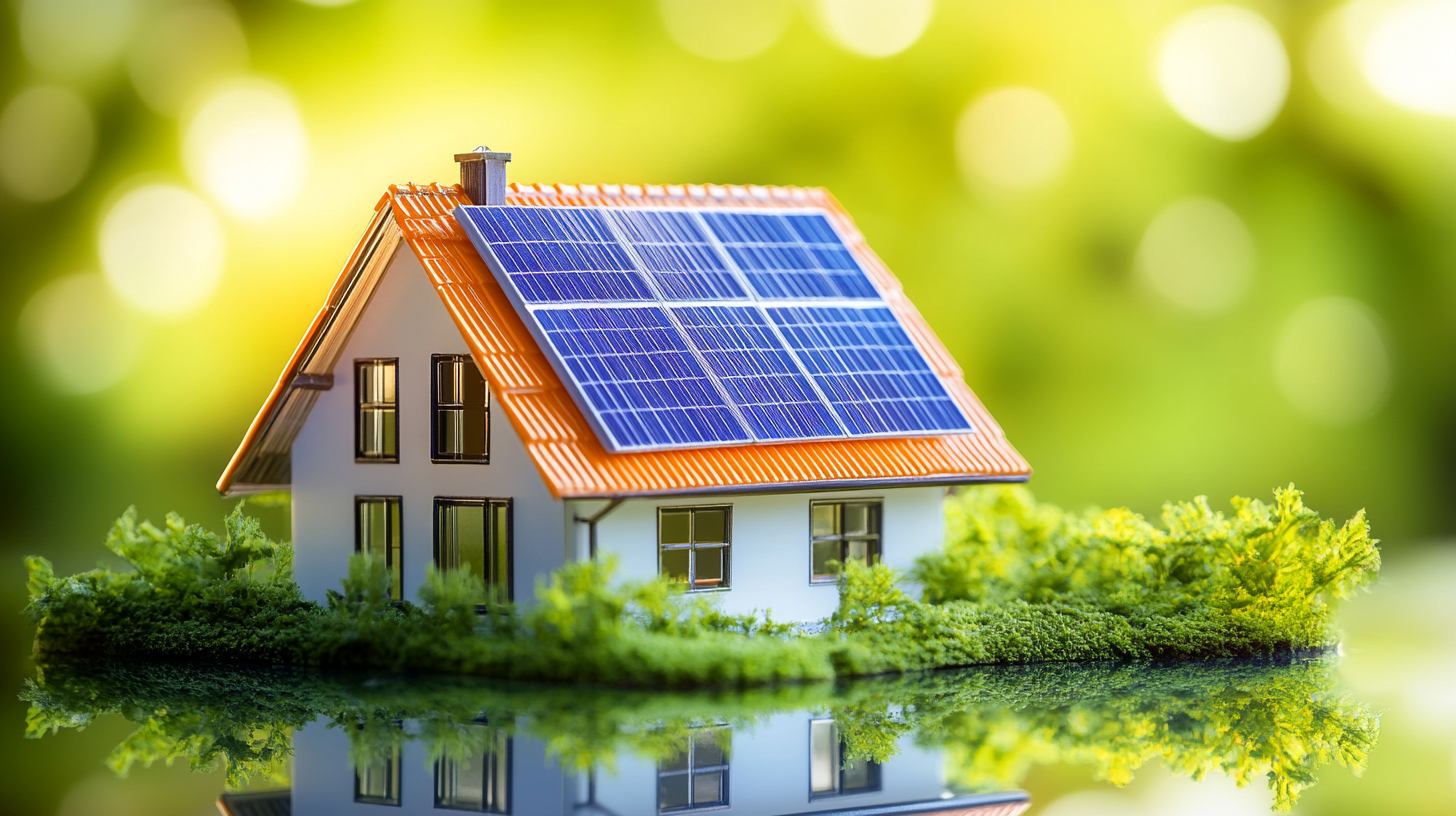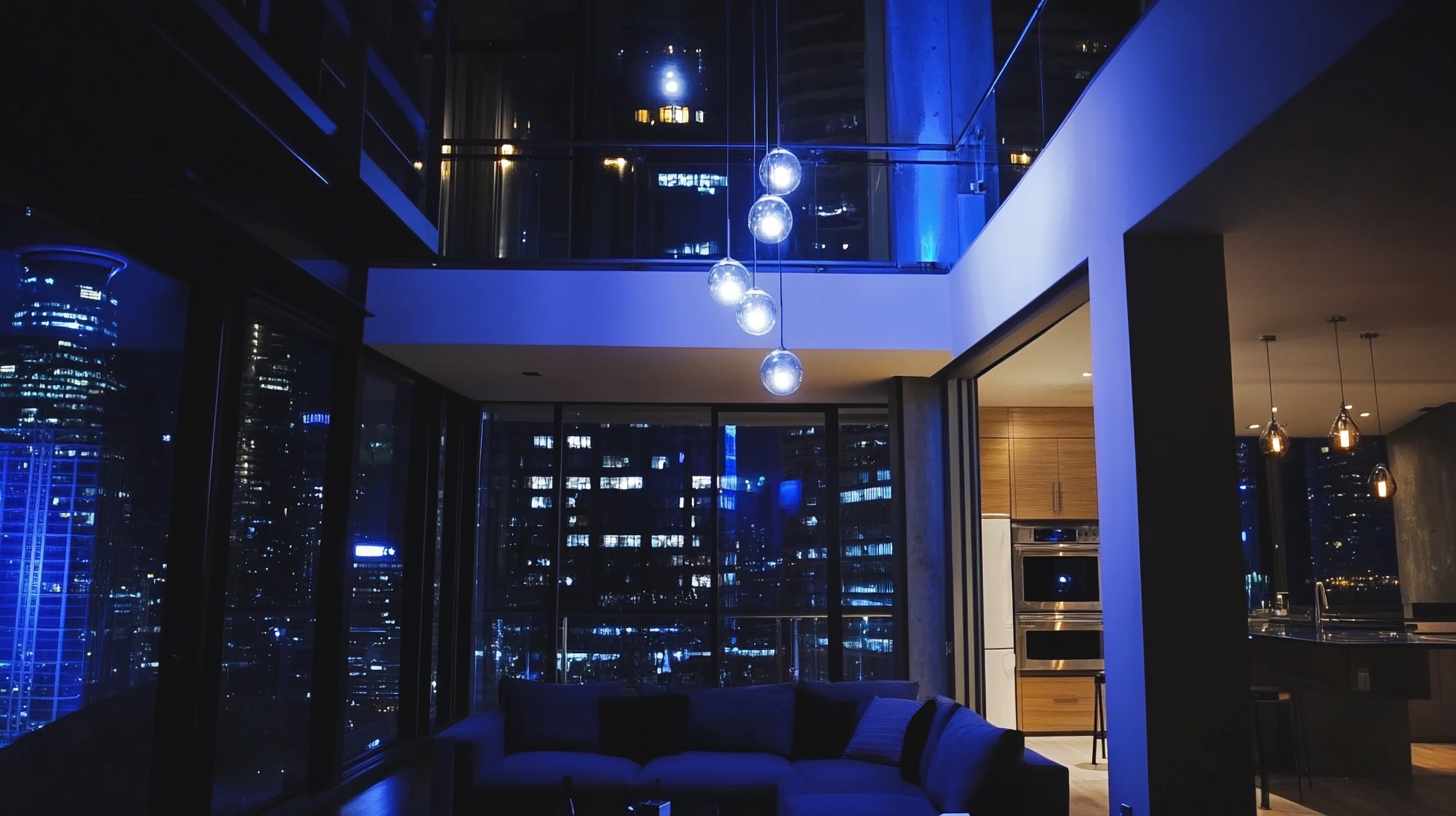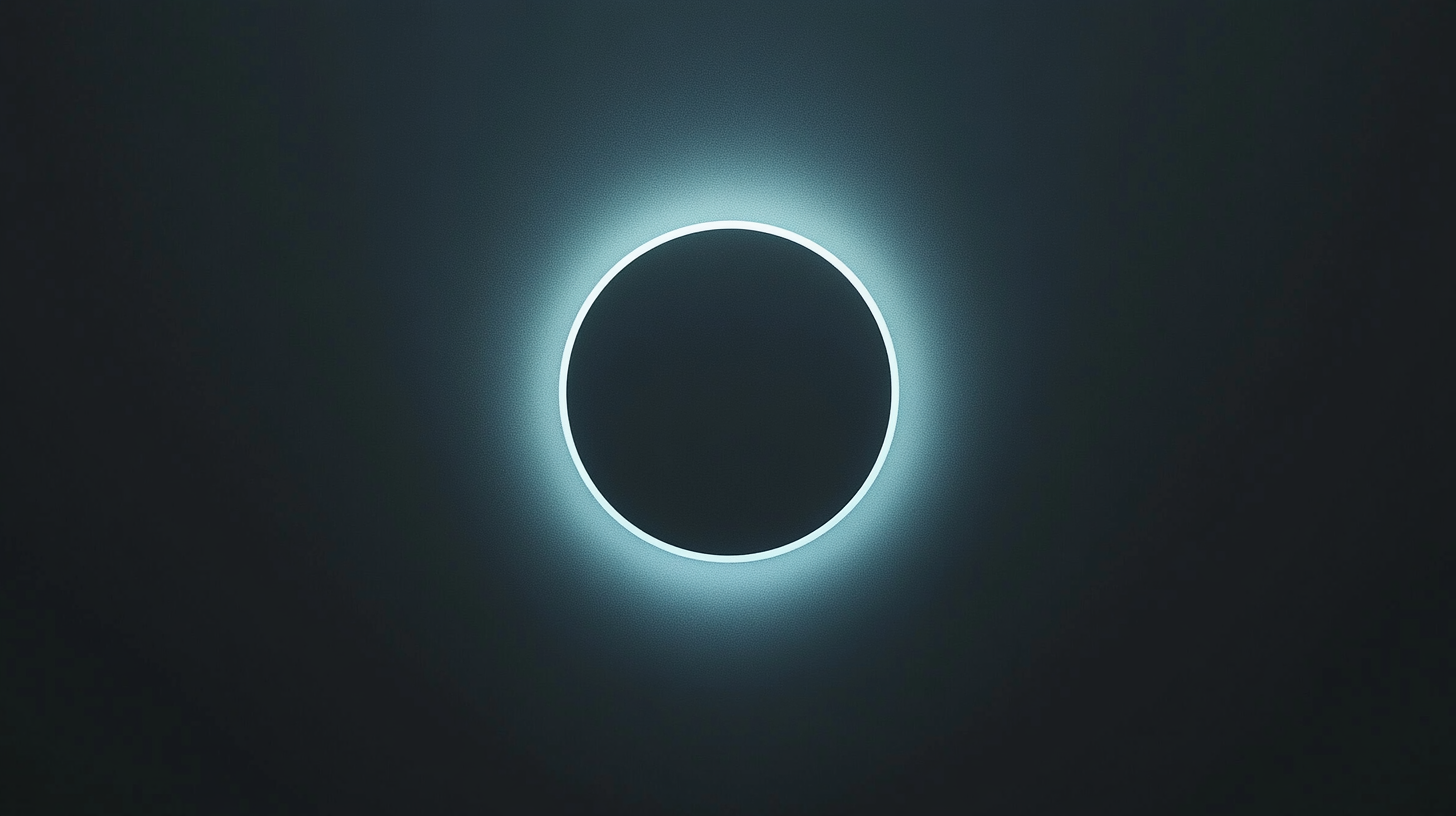Maximizing Energy Efficiency with Led Bulbs in Your Home and Business
In today's world, where energy consumption directly impacts both our wallets and the environment, finding effective solutions for maximizing energy efficiency is crucial. One of the most promising technologies available today is the use of LED bulbs. These innovative lighting solutions not only consume significantly less energy than traditional incandescent or fluorescent bulbs, but they also boast a longer lifespan, making them an ideal choice for both homes and businesses aiming to reduce their carbon footprint while enhancing cost savings.
As we delve deeper into the benefits of LED bulbs, we will explore how their advanced technology can transform your lighting experience. From reducing energy bills to improving the quality of light in your spaces, switching to LED bulbs can lead to substantial improvements in energy efficiency. Whether you're considering a small-scale change in your home or a large-scale upgrade for your business premises, understanding the advantages of LED bulbs is the first step towards a more sustainable and economical future.

Understanding LED Technology and Its Advantages
LED technology has revolutionized both residential and commercial lighting, offering substantial benefits over traditional incandescent and fluorescent bulbs. According to the U.S. Department of Energy, LED bulbs use at least 75% less energy than incandescent lighting, which not only translates into lower energy bills but also significantly reduces greenhouse gas emissions. This efficiency is attributed to LEDs' ability to convert much more of the energy they consume into visible light, rather than heat. One of the standout features of LED technology is its impressive lifespan. LED bulbs can last up to 25,000 hours or more, which is nearly 25 times longer than traditional bulbs. In a commercial setting, this longevity means reduced maintenance costs and less frequent replacements. A study conducted by the National Electrical Manufacturers Association (NEMA) highlighted that the widespread adoption of LED lighting could lead to a cumulative energy savings of approximately $6 billion by 2027 across the U.S. alone. Moreover, LEDs provide enhanced flexibility with their available color temperatures and dimming options. This adaptability allows businesses to create customized environments, enhancing the overall customer experience while optimizing energy use. Additionally, many LED products are now equipped with smart technology, enabling users to control their lighting remotely or set schedules, thus promoting further energy efficiency and ease of use.

Comparing LED Bulbs with Traditional Lighting Options
When it comes to lighting solutions, the advantages of LED bulbs over traditional lighting options such as incandescent and fluorescent lights are undeniable. According to the U.S. Department of Energy, LED bulbs use at least 75% less energy and last 25 times longer than incandescent lighting. This transition not only reduces electricity bills but also significantly lowers carbon footprints, making LED lighting a more environmentally friendly choice for both homes and businesses.
In 2025, smart LED light bulbs will continue to dominate the market with innovative features that enhance user experience. The latest report on LED technology highlights that smart bulbs can be controlled remotely, allowing users to adjust brightness and color temperature to suit their mood or activity. For instance, top-rated products like the Philips Hue and LIFX bulbs are leading the charge, boasting connectivity options that integrate seamlessly with smart home systems. These advancements, paired with ongoing energy efficiency upgrades, make smart LED bulbs an exceptional alternative to traditional lighting sources.
Moreover, traditional incandescent bulbs typically emit 10-17 lumens per watt, while the best smart LED options can deliver up to 100 lumens per watt. This staggering difference signifies not only energy savings but also the improved luminosity that enhances the aesthetic appeal of spaces. As more consumers and businesses recognize the long-term benefits of these technologies, the shift towards LED lighting solutions will undoubtedly accelerate, paving the way for a brighter and more energy-efficient future.

Strategies for Implementing LED Lighting in Home and Business
Implementing LED lighting in both homes and businesses can significantly enhance energy efficiency while delivering a plethora of additional benefits. A fundamental strategy is to conduct a comprehensive assessment of existing lighting fixtures. By identifying areas where traditional bulbs are used excessively or inefficiently, you can create a plan to replace those with LED options. This transition not only results in lower energy costs but also improves the quality of light, as LEDs produce a more even and brighter illumination.
Another effective strategy is to leverage smart technology integration. Smart LED bulbs can be controlled via mobile apps or smart home systems, allowing for automated adjustments based on occupancy and time of day. This capability not only saves energy but can also extend the lifespan of the bulbs, further enhancing cost savings. Additionally, businesses can benefit from installing motion sensors in areas with low foot traffic, ensuring that lights are only on when needed, thereby maximizing energy savings.
For homes, engaging family members in the switch to LED can foster a collective commitment to energy conservation. This could involve simple yet effective practices, such as using LED bulbs in outdoor lighting or in rooms that are frequently used, ensuring that every watt saved contributes to a more sustainable living environment. By prioritizing LED implementation through strategic placement and technology integration, both homes and businesses can enjoy the long-lasting advantages of energy-efficient lighting.

Calculating Cost Savings and Energy Efficiency Gains
The rising demand for energy efficiency in both homes and businesses has made LED bulbs a popular choice for lighting solutions. These bulbs not only last significantly longer than traditional incandescent options but also offer substantial savings on energy costs. According to a report from the U.S. Department of Energy, switching to LED lighting can save homeowners and businesses approximately 75% on their lighting energy costs. This underscores the financial advantages of making the transition, enhancing budgetary efficiency while reducing the carbon footprint.
In the context of growing energy concerns, recent advancements in energy-efficient technologies have also reshaped how we approach energy consumption across various sectors. For instance, a new algorithm has been developed that reduces the training iterations for AI models, achieving a remarkable 13-fold increase in training efficiency while decreasing computational demands by 10 times. This innovation has implications not just for AI but also for the broader landscape of technology and energy use. Such breakthroughs highlight the crucial role of efficiency gains in energy consumption, both in advanced technological applications and day-to-day energy management.
By calculating the cost savings associated with LED bulbs and integrating cutting-edge advancements in energy efficiency, individuals and organizations can make informed decisions that contribute to sustainable energy use. These choices not only lead to immediate financial benefits but also pave the way for long-term environmental advantages, aligning economic interests with the global push towards greener technologies.
Tips for Selecting the Right LED Bulbs for Your Needs
When it comes to selecting the right LED bulbs for your home or business, understanding your specific needs is essential. Begin by assessing the lighting requirements of each room or area you intend to light. Consider factors such as the desired brightness measured in lumens, the color temperature which influences the ambiance, and the overall energy efficiency of the bulbs. For instance, a kitchen may benefit from brighter, cooler light, while a living room could benefit from warmer tones for a cozier atmosphere.
Equally important is examining the bulb's lifespan and energy consumption. High-quality LED bulbs typically last between 15,000 to 50,000 hours, significantly reducing the need for frequent replacements. Additionally, look for bulbs with a high efficacy rating, meaning they provide more lumens per watt, thus delivering better performance while consuming less energy. This not only lowers your electricity bills but also contributes to a sustainable environment.
Lastly, consider the bulb's design and compatibility with existing fixtures. Some LEDs come in various shapes and sizes, ensuring they fit your aesthetic preferences and functional requirements. For dimmable options, ensure that the LED bulbs you choose are compatible with your dimmer switch to avoid flickering or poor performance. By taking these considerations into account, you can maximize both the efficiency and effectiveness of your lighting solutions.

